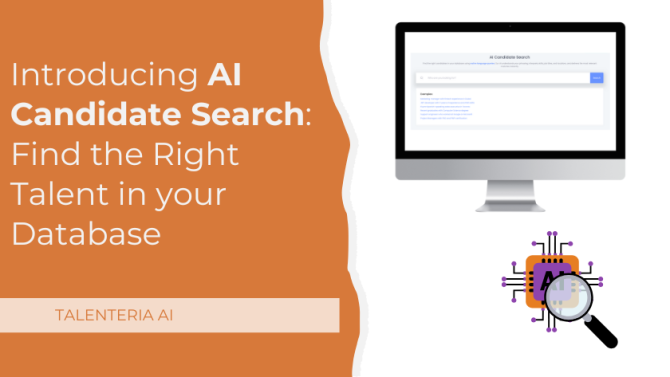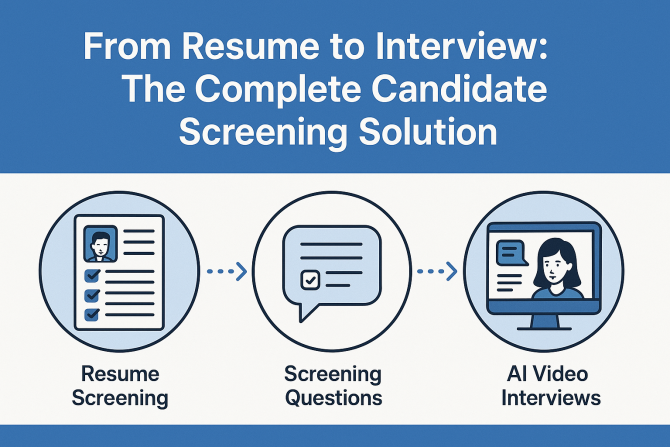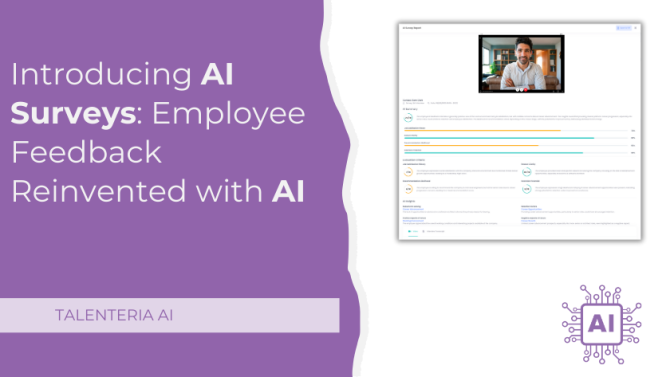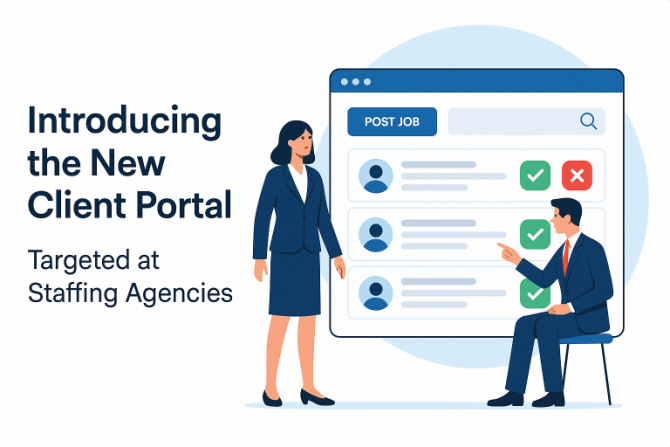
One of the first impressions an applicant will get from their potential employer and job of interest will be honed by the job description. The reputation job descriptions have of being boring, bland, and uninteresting doesn’t stem from the concept itself but from the habitual mishandling of it. Writing a job description should include more than just an outline of responsibilities. That said, it also shouldn’t become a step by step tutorial of how the job should be performed based on previous success either.
A job description should be treated as a foundation, prompted by the employer, for the employee to build on with their knowledge, skills, abilities, and other characteristics. An effective job description can pave the way for the recruiting, development, and retainment of skilled employees while optimizing performance. All this can be done by clarifying responsibilities, expectations, and how someone will be evaluated. By reading an effective job description, an applicant should be able to visualize what a person in this role actually does and whether they can see themselves in it.
Formerly, job descriptions were never even introduced to prospective candidates. They were an internal tool crafted by job analysts who would explore various approaches to gather information and identify competencies expected to fulfill a position and the company’s needs. The audience has since changed, and job descriptions are no longer just a tool to be used internally, and they should adapt as such. A job description strategy can help you adjust to this change in the audience.
How to Write an Effective Job Description
A number of components should come together in a job description, including the title of the job, its purpose in the organization, the expected duties and responsibilities, required and preferred qualifications, certifications, and the working conditions. While outlining these components might seem basic, implementing a job description strategy can have a higher reward for everyone involved.
Having a strategy can aid in supplying a strong foundation for an interested applicant and their first impression of the job, the employer, and the expectations. To keep from reinforcing that preconceived negative reputation, employers should be writing job descriptions regularly. Updates should occur as needed, following performance evaluation cycles.
These descriptions aren’t to be modeled after specific employees in the past—remember, in supplying the foundation, the aim is allowing capable applicants to build on it with their knowledge, skills, abilities, and other characteristics as unique tools to hone their own success. By collaborating like this, employees and employers alike can craft a sound and working structure.
Job Title and Purpose
The job title can be summed up in a few words that concisely outline the position. Keep this stylized similarly with other titles in the organization but can stand to be recognized on its own within related career fields. A digital strategy, when writing job descriptions, might look like using ‘Sales Manager’ in place of something like ‘Overseer of Transactions.’
At least when candidates are searching digitally for applicable jobs, word choice filters the audience. Strategizing with this in mind can help instead of harming the search. The job’s purpose is an overview of the position, allowing the applicant to visualize the role and what fulfilling that role might look like.
Job Duties and Responsibilities
These are the job’s essential functions. The job description should explain what it is a person in that role actually does. This includes daily tasks and frequency of them, reference to what decisions someone in this position might be responsible for making, identifying areas of accountability, and describing the nature of contact this role will have with various people in or out of the organization.
The job may be a position of authority, too, in which case this is the place to explain what that looks like by detailing the manner of discipline, training, and evaluation they’ll be expected to uphold. When writing a job description, the job’s duties and responsibilities should be listed by order of importance or frequency. This can clarify the job’s primary functions and is determined by the employer so as to be reflected by the employee.
Required Qualifications
Employers may prefer or even require certain educational and experience-based qualifications, along with the presence of other relevant knowledge, skills, and abilities. Any combination of these could create a minimum threshold for applicants or be applied more loosely with preference given to some areas in place of others.
Regardless of how an employer prioritizes these, an effective job description will state what the person in this role needs in order to satisfactorily complete the tasks required of them. Keep in mind the language used when identifying these subjects, as ‘preferred’ qualifications are not essential for consideration or completion of the job, whereas ‘required’ qualifications are.
This area needs to be specific. With education and experience, meeting these qualifications can be determined by certifications, degrees, licenses, internships, and prior employment. Knowledge, skills, and abilities are just as important to specify in this section. Identify the skills and abilities that would qualify an applicant for the position.
Some examples are customer service, negotiation, project management, or supervision. Explain the level of knowledge needed for relevant subjects. Someone with working knowledge is expected to have a basic familiarity, whereas someone with comprehensive knowledge is upheld to a standard of mastery with a total understanding of the subject.
Much like the tactful use of job titles, the specification in this area can be used as a digital strategy to reach the projected audience for hire. Many online job search engines allow users to customize their search settings, narrowing results by only those that meet the options selected. In addition to location, job title, and salary, users of these job search engines can select preferred and required qualifications (like having a bachelor’s degree in business.) The target audience is more easily met by identifying these prerequisites clearly and specifically.
Working Conditions
Provide a glimpse into the working conditions when writing job descriptions. Employers wield many expectations for prospective hires, and this is the section to prompt applicants with expectations of their own. Describe the physical demands and potential risks of the position’s essential responsibilities. Outline the number of hours allotted and whether an applicant will need to work on the weekends, on-call, or night shifts.
An effective job description doesn’t have to stop at recruitment. Allow applicants to envision themselves working in this role and deciding if they can fulfill the qualifications on their own by prompting them with the information to do so. In place of just fulfilling the necessary competencies, this is an added measure to ensure someone feels confident that they can collaborate in the workplace and invite them to apply. Just by crafting a clear idea of what working the position looks like, the job performance can be optimized long term.
Job Description Strategies and Tips
- Write concisely.
Avoid the use of overly complicated wording - simplify the sentence structure. Even in being specific, remember that the applicant isn’t being trained for the position yet. There is plenty to expand on once someone has been hired. Until then, be clear, be direct, and keep it concise.
- Avoid abbreviations and acronyms.
Applicants may not be familiar with the abbreviations and acronyms being used. If necessary, be sure to define them the first time they’re used in writing the job description. Those who have been employed for a period of time may be familiar with some of the abbreviations and acronyms being considered, but that doesn’t make it common knowledge, and they should be excluded unless necessary.
- Focus on essential duties.
The occasional or trivial tasks asked of an employee are not necessary to include in an effective job description. Hone the focus on the duties that are essential to the position being described. That said, potential future duties and previous duties don’t need mention. Stick to the essential duties of the position today.
- Be inclusive.
An effective job description is an inclusive job description. Avoid using gender-specific language when explaining any tasks or functions for the applicant. Terminology to avoid would look like: “He manages…” or “She is responsible for…” Use gender-neutral terminology instead: “They train…” Even if unintentional, gender-specific language creates an exclusive atmosphere that could turn away prospects.
- Train recruiters.
Most organizations do not hire job analysts nowadays, but someone somewhere in the infrastructure is a person or team of people responsible for recruiting employees. While expertise in job analysis isn’t essential, recruiters could benefit from a basic understanding of how to observe and interpret the performance of tasks.
From this observation, one could compare it to the expectations outlined in the current job description and make updates as needed. It may even be the position in need of adaptation. Observation and evaluation allow for the implementation of what has been seen to work best and write effective job descriptions based on those findings.





